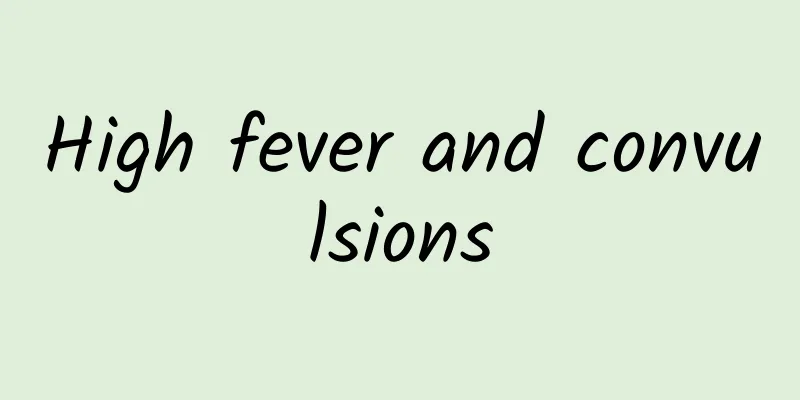How to diagnose ADHD

|
In daily life, if parents find that their children have some abnormal behavior, for example, the child is particularly noisy and never quiet, they should pay attention. The child may have some symptoms of ADHD, which can be judged by certain methods, such as whether the child can concentrate, whether the child's activities are purposeful, and whether the child has difficulties in learning ability. If there are some of the above problems, you should go to the hospital for corresponding examination in time. How to diagnose ADHD in children 1. Is your attention focused? Children with ADHD are unable to devote their full attention to one thing, including watching TV, movies, cartoons, comics, etc. And don't let others interfere with you. 2. Is the activity purposeful? The actions of children with ADHD do not have a clear purpose. They are willful and have poor self-control. They often cry and make a fuss over trivial matters. They have a bad temper and act impulsively without considering the consequences. They cannot calm down no matter what the occasion or what the activity is. They will show symptoms such as hyperactivity and inattention. Normal hyperactive children do things with purpose and planning, have a certain degree of self-control, and do not make noises. 3. Is learning difficult? Children with ADHD generally show the following symptoms: their handwriting is sloppy and they are not serious when doing their homework. They cannot distinguish between left and right, colors, and directions of places. They read words and sentences incorrectly or upside down, such as reading "Shanghai" as "Haishang". Their thoughts are not rigorous and their attention is not focused. Normal children do not have the above symptoms and can concentrate on completing a task. ADHD in children should be differentiated from systemic diseases such as childhood mental disorders, developmental delays, and mental disorders. Because there is no clear pathological change as a basis for diagnosis so far, the diagnosis is still mainly based on the medical history provided by the parents and teachers of the child, clinical manifestations, physical examination (including neurological examination) and psychiatric examination. There are several common criteria for symptom standards of multiple diseases in children: 1. Frequent movement of hands or feet or twisting in sitting position (older children or teenagers only have a subjective feeling of sitting uneasiness). 2. Easily distracted by external stimuli. 3. Unable to patiently queue up and wait for a turn during games or group activities. 4. Difficulty following instructions given by others (not due to defiance or lack of understanding), such as not completing household chores. |
<<: What are the symptoms of ADHD in children?
>>: What fruits can ADHD patients eat?
Recommend
What is autonomic dysfunction and is it serious?
Autonomic nervous system disorder is a common dis...
How to hold urine quickly for color Doppler ultrasound
Color ultrasound is a way to examine the human bo...
Is it easy to get pregnant if you have insufficient Qi and blood?
The condition of a person's facial skin can o...
Can babies drink milk when they have a fever?
When babies are infants, their body temperature c...
How to fix redness on sensitive face
Facial sensitivity and redness is a problem that ...
I suddenly felt dizzy for only 1 second.
Although dizziness often occurs in our daily live...
Bleeding and stomach pain in early pregnancy
In the early stages of pregnancy, women will noti...
Treatment of intercostal neuritis
If intercostal neuritis is discovered, the patien...
Osteoarthritis diagnosis and treatment
Diseases of the bones are also very common, espec...
How to effectively remove black marks on buttocks
If you want to remove the black marks on the butt...
What to do if you have allergic reactions to alcohol? It is important to sober up in time
In life, many people will experience allergies af...
My stomach keeps growling and I poop out water
Our stomachs often cause many problems due to som...
Left eyelid keeps twitching
I believe many people have experienced eyelid twi...
The best way to remove scars
In daily life, many people will inevitably suffer...
Drinking salt water to eliminate stool
Salt water is water soaked with table salt. This ...









